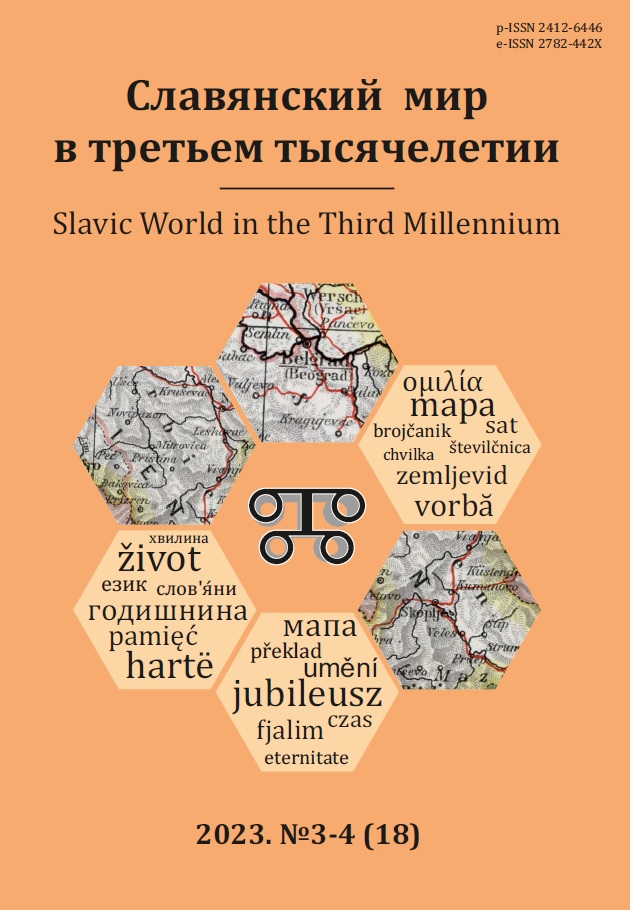Social Aspects of the Image of the World in Russian Folklore: Georges Dumézil and the Frog Princess
DOI:
https://doi.org/10.31168/2412-6446.2023.18.3-4.06Keywords:
Archery, frog, trifunctional model, binary oppositions, Slavic folklore, Indo-European mythologyAbstract
The social dominant of Russian folklore is its peasant basis, associated with the agricultural calendar. This basis is described by a system of universal semantic binary oppositions (Svetlana M. Tolstaya), which did not include social oppositions directly. In the epic, the farmer (Mikula Selyaninovich) turns out to be stronger than the warrior-hero. Wedding folklore is focused on imitation of the ancient Russian social elites (“princes”, “boyars”). The motif of the royal wedding is also connected with the fairy tale about the frog princess: the three royal sons must marry brides, who will be determined by fortune-telling archery. The arrows of the elder brothers fall into prestigious courts, where the princely/boyar and general/merchant daughters are waiting for them. The arrow of Ivan Tsarevich falls into the swamp in the paws of a frog. This plot of archery corresponds (in the cultural anthropology of G. Dumézil) to the archaic Indo-European model of the distribution of power between three brothers – cultural heroes who embody the three social functions (the highest is sacred, royal, the middle is military, the lowest is “economic” (providing fertility). This structure corresponds to the universal cosmological trinomial model – the top (celestial sphere), the middle zone (the atmosphere, the earth's surface), and the fertile chthonic bottom (soil, underworld). The trifunctional social structure is also conveyed by the spiritual “Verse on the Golubinaya kniga”, where the three estates are made from the members of the first man – Adam. Probably, these ternary structures are associated with the archaic Indo-European model, transmitted to the Slavic tradition through the ancient mediation of the Iranian (Indo-Iranian, studied by Vladimir N. Toporov) tradition.
Received 18 September 2023
Revised 2 November 2023
Accepted 25 November 2023
For citation: Petrukhin, V.Ia., 2023. Sotsialʹnye aspekty obraza mira v russkom folʹklore: Zhorzh Diumezilʹ i tsarevna-liagushka [Social Aspects of the Image of the World in Russian Folklore: Georges Dumézil and the Frog Princess]. Slavic World in the Third Millennium, 18 (3–4), pp. 87–102.



